In plans that were unveiled on Saturday and for which the province has secured millions in funding, the ambitious project will “reconnect” the city centre with the Adriatic sea through various redevelopments.
Improvements to the transport infrastructure will make the sea more accessible for residents, particularly non-motorists, while a revamp of key port sites will make the seafront more liveable.
“For Bari residents, the sea is a very strong symbol of identity,” said Bari mayor Antonio Decaro. “It is not just to be looked at – it must be experienced.”
One of the architects involved in the project at Inarch Bari told The Local that they had taken inspiration from other coastal European towns in planning the redesign.
“Certain elements, like the idea of a swimming pool, were taken from Copenhagen,” he explained, “and with the idea of a seaside promenade, we looked to Barcelona.”
Copenhagen is frequently lauded as one of the world's most livable cities, as well as one of the best for expats. The Danish capital boasts the world's longest pedestrianized street and an extensive network of cycle lanes serving the 36 percent of its population who commute on bike.
Urban development shifted the heart of the city to the waterfront, where there are restaurants and cafes with outdoor seating, apartment blocks, museums and an open air pool.
Decaro stressed that the plans for Bari's transformation were not just an “academic exercise” but that €230 million funding had already been secured for redevelopment of the region, €7.9 million of which would be dedicated to the eight projects announced. Residents can expect to see the projects come to fruition within the next two years.
So what exactly is going to change?
Fewer cars and more buses
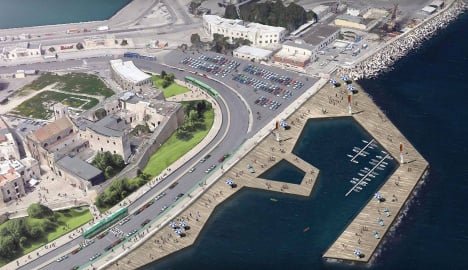
Roads will be shrunk from four lanes to two, to create more room for pedestrians and cyclists. A new 'fast lane' is to be introduced for buses, called linea del mare, or 'sea line', as well as an electric tram connecting the centre to the waterfront.
More bicycles
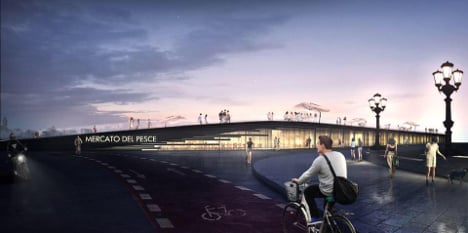
New paths will be built specifically for cyclists and runners. The architects behind the project have examined data from route-tracking apps, and found that the waterfront is the most popular area for these activities, but currently it is not well-adapted to non-motorists.
A swimming pool
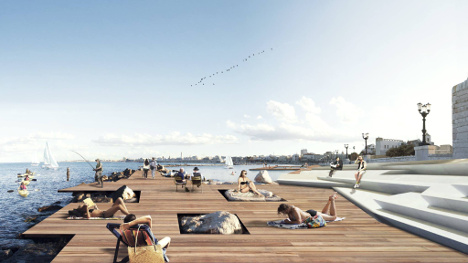
Along the Augusto Imperatore stretch of the waterfront and opposite Bari's archaeological museum, a new pier will be built with tiered steps providing easy access to the sea. There will be a solarium, a berth for kayaks, small boats for hire, and a pool enclosed within the floating walkway to allow safe swimming, inspired by the five swimming pools along Copenhagen's waterfront, Island Brygge.
Pedestrian-friendly walkways
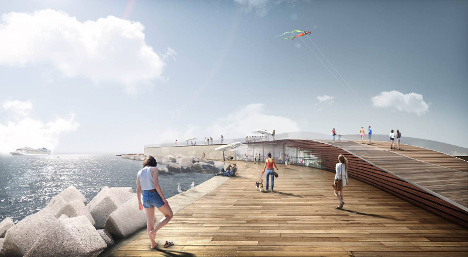
Several of Bari's port areas will be partly or wholly pedestrianized, including the Santo-Spirito Palese and St Nicola piers. The walkways will be made of wooden, storm-proof resin – the same durable material which was used for the docks in Copenhagen’s port. Redevelopments in other areas will include new public beaches and extending the city's piers to create pedestrian walkways as well as leisure facilities.
Culture
Work has already begun on redeveloping the gardens and squares along the Lungomare Nazario Sauro as well as the transformation of the Margherita Theatre into a contemporary art exhibition space. Making the waterfront more accessible will also mean more opportunities for businesses located there; for example, the fish market on the Sant'Antonio jetty may be restored, and the pedestrianization of other jetties will provide possibilities for the sale of fresh fish, as well as other businesses including boat hire and food.
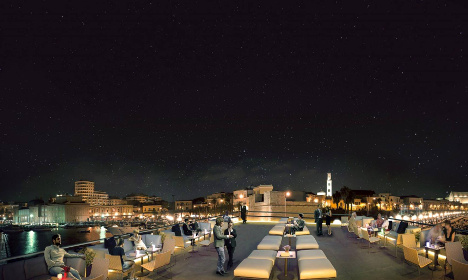
All photos: Inarch Puglia


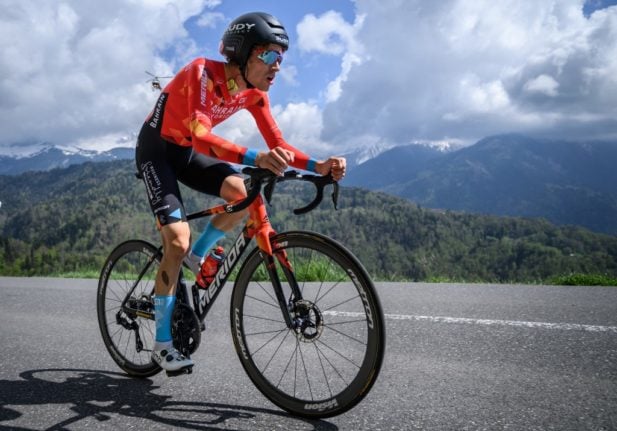
 Please whitelist us to continue reading.
Please whitelist us to continue reading.
Member comments